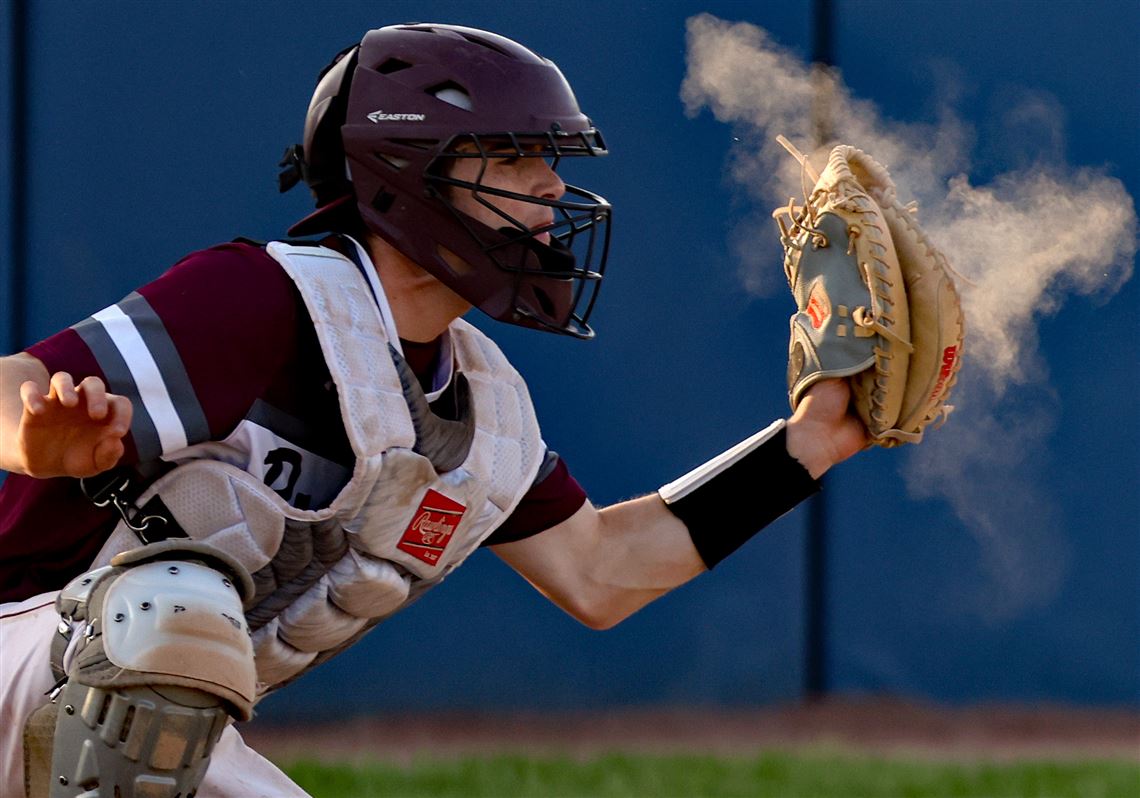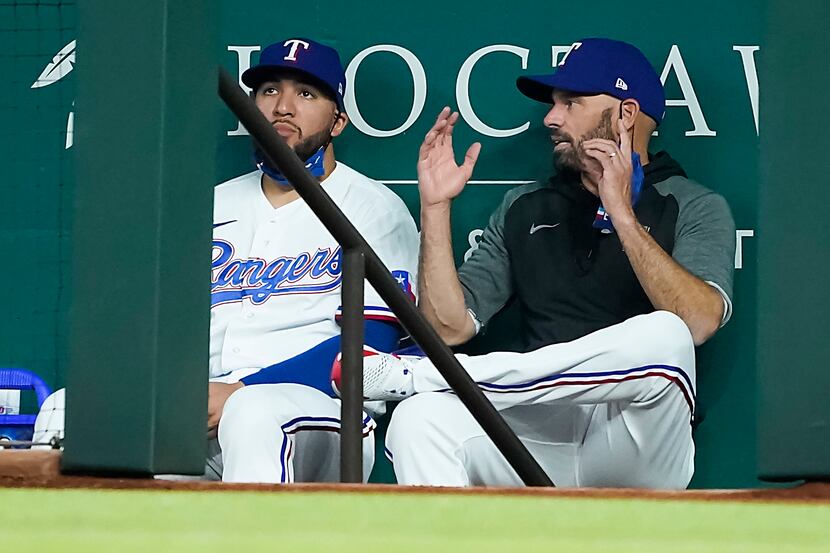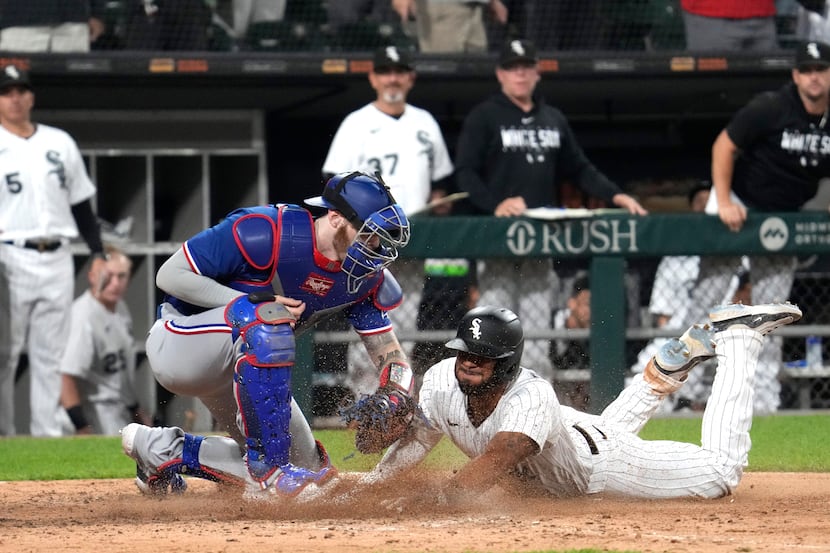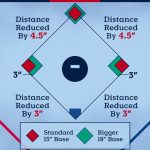In high school baseball, runners are not allowed to intentionally run over the catcher. This rule has been in place for a while now to prioritize player safety and prevent unnecessary collisions.

Credit: www.toledoblade.com
The Controversial Rule In High School Baseball
In high school baseball, intentionally running over the catcher is not allowed. This rule has been in place for a while now to prevent collisions and encourage safer gameplay.
Definition Of The Rule
In high school baseball, there exists a rule that prohibits baserunners from intentionally running over the catcher or any fielder covering the plate. According to the rule, baserunners are expected to follow a direct path and must make a legitimate attempt to avoid a collision through a slide when possible. This rule is aimed at ensuring player safety and discouraging dangerous contact plays at home plate.
Penalties For Violation
If a baserunner violates this rule by intentionally running over the catcher in high school baseball, there are certain penalties that can be imposed. The exact penalties may vary depending on the severity of the violation and the judgment of the umpire. Typically, a violation of this rule results in an “out” call for the baserunner and potentially an ejection from the game. These penalties are in place to deter players from intentionally causing harm and to maintain the integrity of the game.
The Debate Surrounding The Rule
The rule regarding running over the catcher in high school baseball has sparked a debate among coaches, players, and fans. While some argue that the rule promotes player safety and prevents unnecessary injuries, others believe that it takes away an important aspect of the game and limits the aggressive nature of baserunning.
Those in favor of the rule argue that it prevents dangerous collisions and encourages baserunners to use sliding techniques to avoid contact. They believe that this rule promotes fair play and sportsmanship.
On the other hand, opponents of the rule argue that it reduces the intensity and competitiveness of the game. They claim that it eliminates a traditional and exciting aspect of the sport, where baserunners were able to use their physicality to dislodge the ball from the catcher’s glove.
Overall, the rule regarding running over the catcher in high school baseball remains a point of contention. While it aims to ensure player safety, it also impacts the dynamics and strategy of the game. As the debate continues, it is important for players, coaches, and officials to prioritize player safety while still preserving the essence of the sport.
Comparisons With Other Leagues And Levels Of Baseball
When it comes to the rules and regulations surrounding running over the catcher in high school baseball, there are some key differences compared to other leagues and levels of the sport. Understanding these variations is essential for players, coaches, and fans who want to fully grasp the intricacies of the game. In this section, we will explore the comparisons between high school baseball and other leagues, focusing on the ability to jump over the catcher, as well as the rules in professional baseball and little league baseball.
Can You Jump Over The Catcher?
In high school baseball, the simple answer is no – players are not allowed to intentionally run over the catcher. This rule has been in place for a while now, aimed at prioritizing player safety and avoiding unnecessary collisions. However, it’s important to note that diving over a fielder is also illegal in high school baseball, ensuring that players cannot circumvent the rule by attempting to jump over the catcher.
Rules In Professional Baseball
When looking at professional baseball, the rules regarding running over the catcher differ from those in high school. In professional baseball, if a catcher is blocking the plate, it is permissible for the runner to barrel into the catcher as long as the catcher does not have possession of the ball. This allows for more aggressive play at home plate and adds an element of strategy to the game. However, malicious intent or unsportsmanlike conduct can result in a runner being ejected from the game.
Rules In Little League Baseball
In little league baseball, the rules regarding running over the catcher also vary. Similar to high school baseball, intentionally running over the catcher is not allowed, prioritizing player safety. However, little league players are typically not allowed to barrel into the catcher even if the catcher is blocking the plate. This rule aims to ensure fair play among young athletes and prevent unnecessary collisions.
In conclusion, the rules surrounding running over the catcher in high school baseball differ from those in professional baseball and little league baseball. High school players are not allowed to intentionally run over the catcher, and jumping over the catcher is also illegal. Understanding these distinctions is crucial for players and coaches to adhere to the proper rules and maintain a safe and fair playing environment.
Safety Concerns And Player Welfare
In high school baseball, there has been ongoing debate about whether or not a runner can run over the catcher. This controversial topic raises concerns about safety and player welfare. In this article, we will explore the potential for injuries, the role of catchers and their protection, and alternative strategies to collisions.
Potential For Injuries
Running over the catcher in high school baseball presents a significant risk for both the runner and the catcher. The forceful collision between two players can lead to severe injuries such as concussions, broken bones, and sprains. Additionally, it can result in unnecessary collisions, compromising the safety and well-being of the players involved.
The Role Of Catchers And Their Protection
Catchers play a crucial role in the game of baseball. They are responsible for catching pitches, blocking the plate, and tagging runners in order to prevent them from scoring. Catchers often wear protective gear, including a helmet, chest protector, shin guards, and a mask, to safeguard themselves from potential injuries during plays at the plate. However, even with adequate protection, collisions with runners can still pose a significant risk to their safety.
Alternatives To Collisions
Given the safety concerns associated with running over the catcher, there are alternative strategies that can be employed to avoid direct collisions. One widely accepted approach is the implementation of sliding techniques during plays at home plate. Sliding allows runners to avoid direct contact with the catcher while still maintaining competitiveness and fair play. It not only reduces the risk of injuries but also promotes sportsmanship and respect among players.
Furthermore, coaching and training protocols can emphasize the importance of safe and respectful plays at the plate. By educating players on proper sliding techniques and promoting a culture of fair play, high school baseball programs can prioritize player welfare without compromising the integrity of the game.

Credit: www.dallasnews.com
Proposed Changes And Solutions
As the debate over whether runners should be allowed to run over the catcher in high school baseball continues, proposed changes and solutions have emerged to address player safety and fair play. In this section, we will explore some of the potential revisions to the rule and its interpretation, the implementation of sliding rules, and the use of technology and video review to ensure the proper enforcement of the rule.
Revising The Rule And Its Interpretation
To prevent unnecessary collisions and protect players from injuries, many voices in the baseball community are calling for a revision of the rule regarding contact between runners and catchers. Currently, runners are considered to be in violation if they collide with the catcher when a slide could have been used to avoid the collision. However, this interpretation can be subjective and open to interpretation. To address this issue, it has been proposed that the rule be revised to explicitly state when and how runners can make contact with the catcher.
Additionally, there are suggestions to redefine what constitutes a legal slide and provide clearer guidelines on the baseline runners should follow to avoid contact. By revising the rule and its interpretation, high school baseball can establish a safer and more consistent approach to the catcher-runner interaction.
Implementing Sliding Rules
| Benefits of Implementing Sliding Rules | Challenges in Implementing Sliding Rules |
|---|---|
|
|
One proposed solution to the issue of runners colliding with catchers is the implementation of sliding rules. By specifying the type of slide that is considered legal and safe, high school baseball can reduce the risk of serious injuries and promote fair play. Sliding rules can help establish clear standards for runners to follow when approaching home plate and can discourage reckless or malicious behavior.
However, implementing sliding rules might also present certain challenges. The subjectivity in determining proper slides could lead to controversial calls, and ensuring consistent enforcement of the rules across different games and officiating crews is crucial. Education and training programs for players, coaches, and officials can help promote understanding and adherence to the sliding rules, creating a safer environment for all participants.
Technology And Video Review
The advancement of technology has opened new avenues for improving the enforcement of rules in high school baseball. One solution that has gained traction is the use of video review to resolve disputed plays involving the catcher-runner interaction. By incorporating video review systems into the officiating process, umpires can review specific incidents and make accurate judgments based on video evidence.
The use of technology and video review can provide a more objective and consistent method of determining whether the runner deviated from their direct path to initiate contact with the catcher. It allows for a thorough examination of the play from multiple angles, reducing the chances of human error. However, the implementation of such systems would require the availability of suitable equipment and trained personnel to operate them effectively.
In conclusion, proposed changes and solutions aim to address the issue of runners colliding with catchers in high school baseball. By revising the rule and its interpretation, implementing sliding rules, and utilizing technology and video review, the goal is to promote player safety, fair play, and consistent enforcement. It is important to strike a balance that fosters competitive gameplay while prioritizing the well-being of the athletes.

Credit: www.wsj.com
Frequently Asked Questions On Can You Run Over The Catcher In High School Baseball?
Can You Run Over The Catcher In Baseball?
No, you cannot run over the catcher in baseball. Runners are not allowed to deviate from their path or initiate contact with the catcher. Colliding with the catcher instead of sliding to avoid contact is considered a violation of the rules.
Can A Runner Jump Over The Catcher In High School Baseball?
No, high school baseball players are not allowed to intentionally run over the catcher.
Can You Run Over A Player In Baseball?
No, you cannot run over a player in baseball. It is against the rules to initiate contact with the catcher or any player covering the plate. If a runner collides with the catcher instead of sliding to avoid the collision, it is considered a violation.
Can A Runner Jump Over The Catcher In Little League?
No, a runner cannot jump over the catcher in Little League. Players are not allowed to intentionally collide with the catcher to score.
Conclusion
In high school baseball, intentionally running over the catcher is strictly prohibited. According to NFHS rules, runners are not allowed to initiate contact with the catcher in an attempt to score. This rule has been in place for a while now to ensure player safety on the field.
So, if you’re wondering whether you can run over the catcher in high school baseball, the answer is a resounding no.

General Manager & Auditorial Head.
Killian Jake is a World Sports Traveler and hobbyist sports lover. By exploring different sorts of playing modules like indoor, outdoor, and many more. As for professionalism and writing, it’s helpful to give you the right suggestions on different games and sports.





